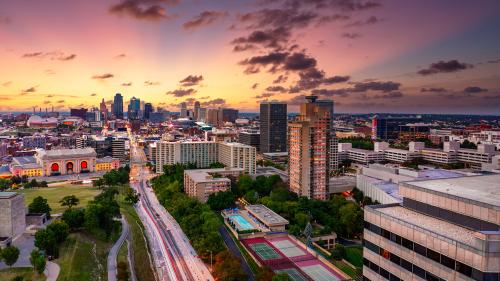Programs to protect open space are some of the most popular strategies adopted to help manage urban growth in the United States. Although states and metropolitan areas have been preserving open space for a variety of purposes since the mid 19th century, they have been adopting open space initiatives in near record numbers in the last decade. With the rapid growth of many metropolitan areas, the link between open space policies and growth management is becoming clearer than ever before. However, the impact of open space preservation on metropolitan development patterns is not yet well understood. In fact, open space programs have rarely been examined as overt growth management tools. This paper provides an overview of the nature, quantity and objectives of open space programs in the U.S. and, utilizing existing literature, begins to speculate how they may affect the shape and form of metropolitan areas.
The Brookings Institution is committed to quality, independence, and impact.
We are supported by a diverse array of funders. In line with our values and policies, each Brookings publication represents the sole views of its author(s).


